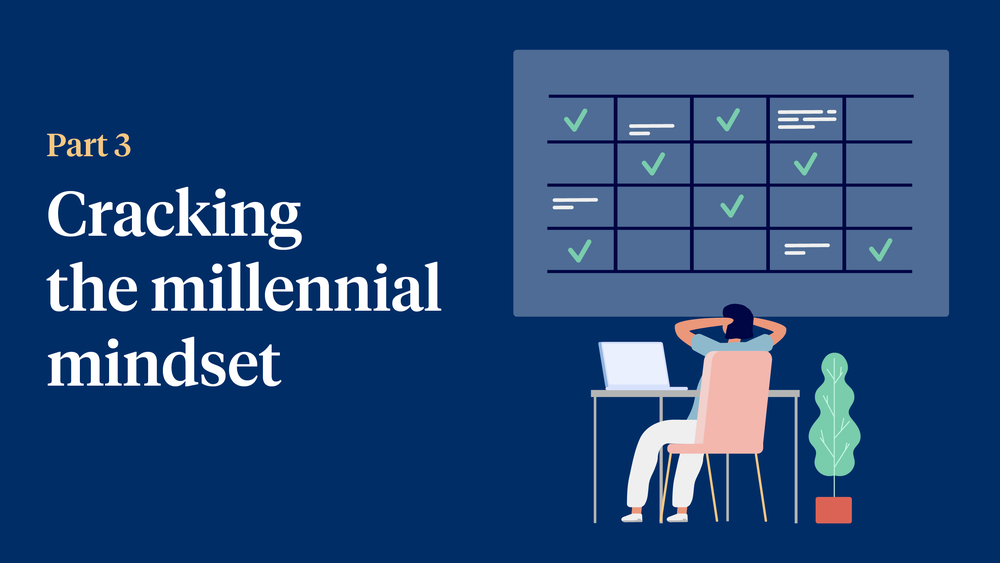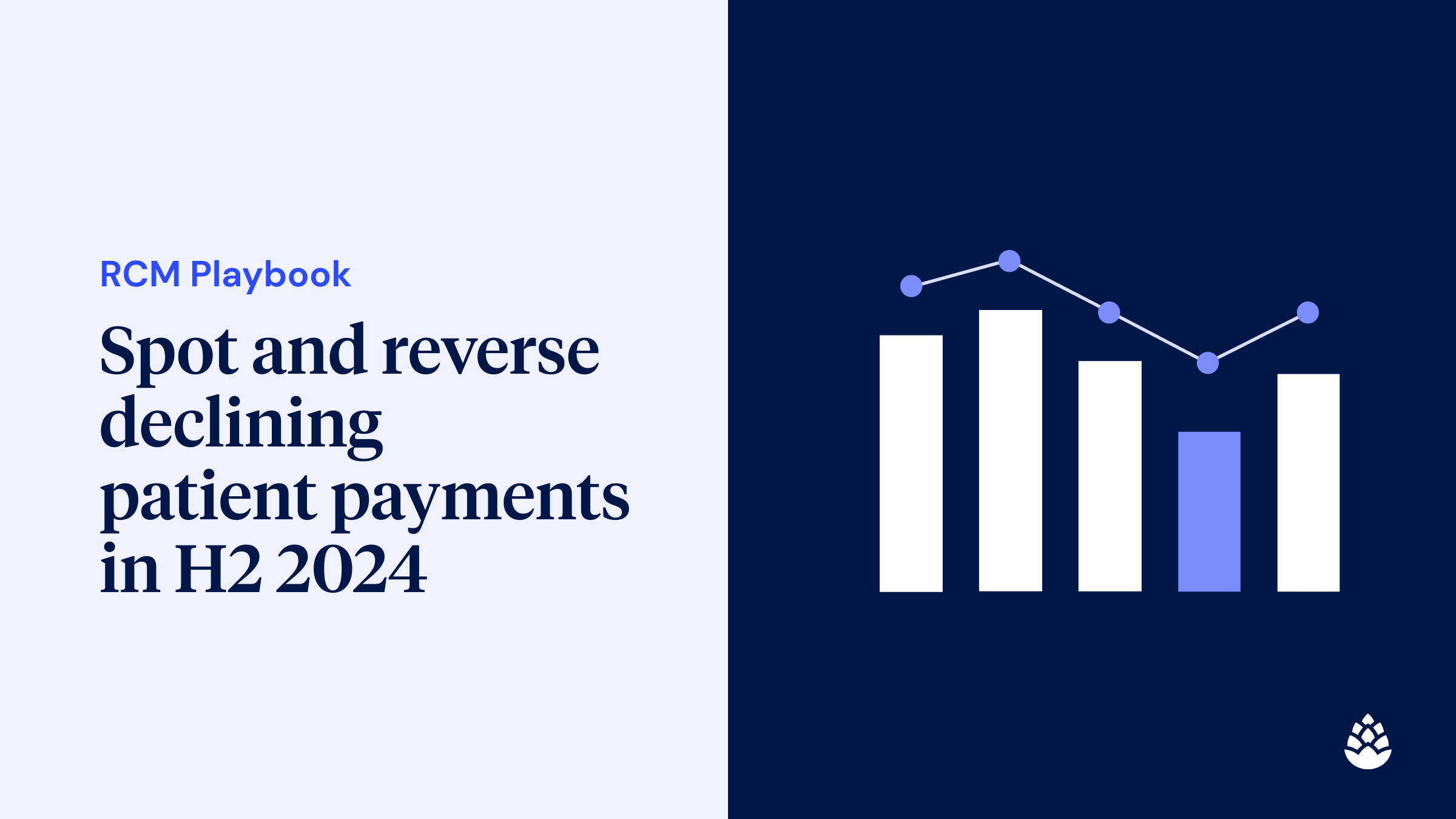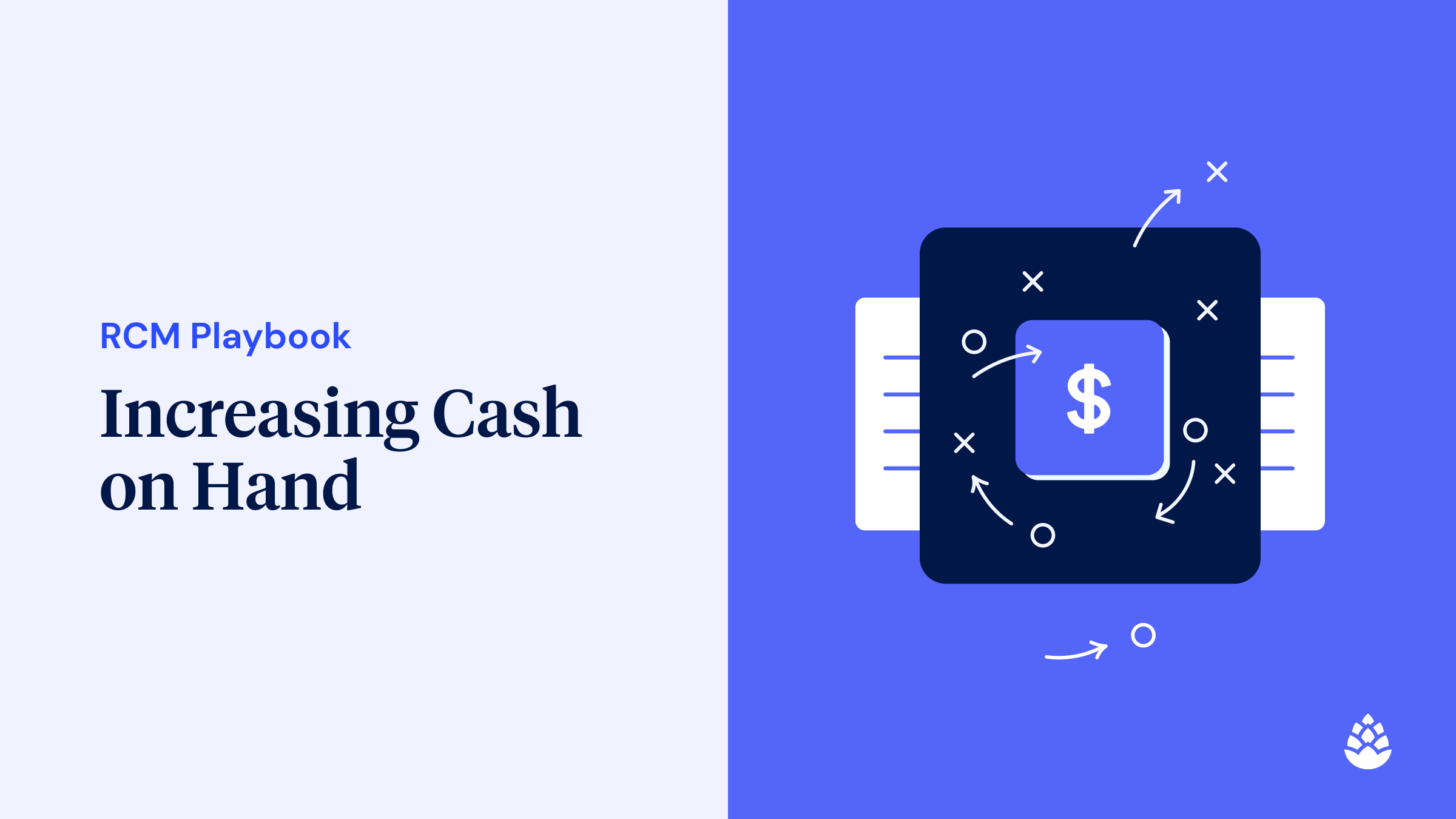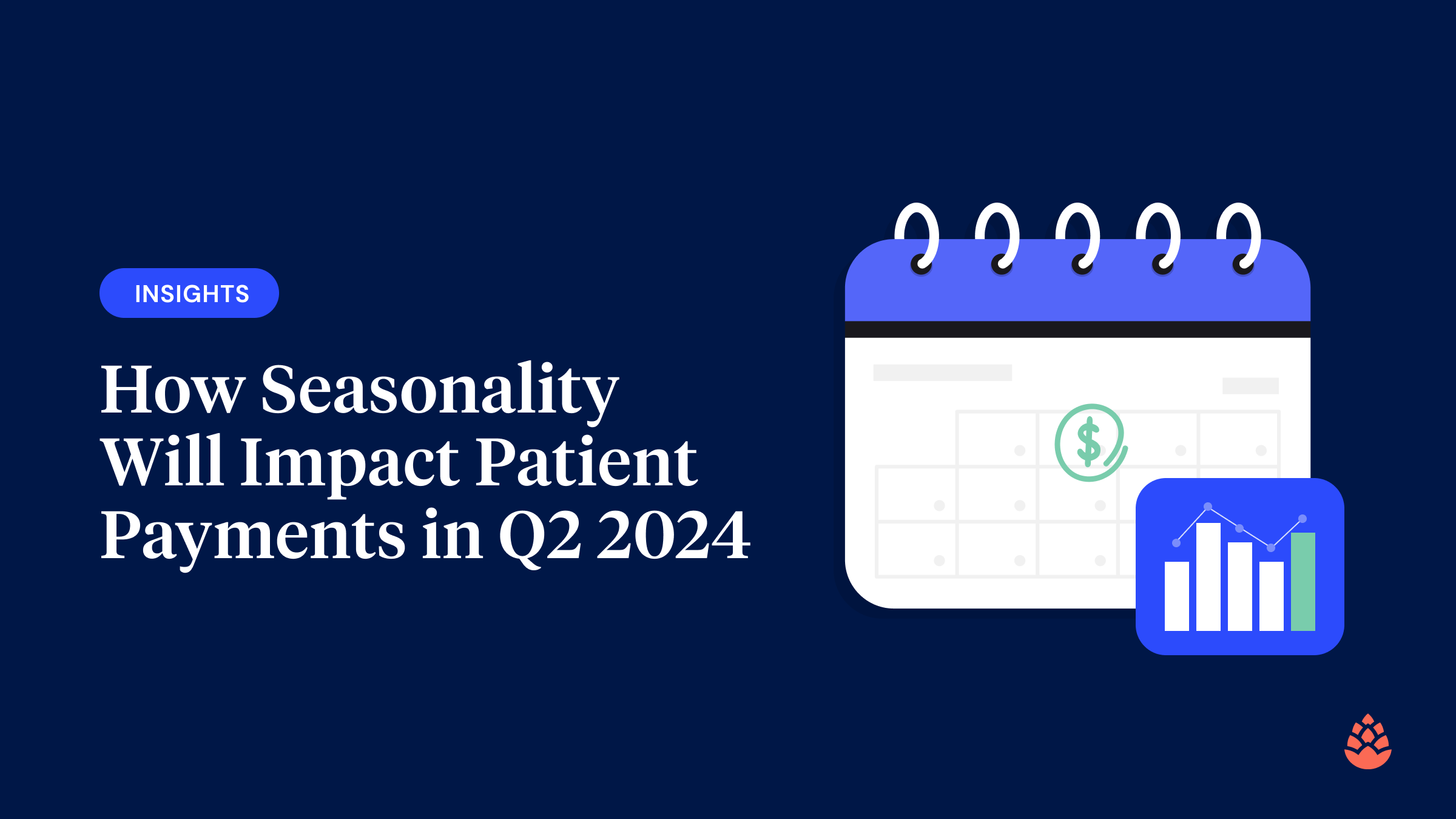This is part 3 in the Cedar blog series “Cracking the millennial mindset.” Click to read part 1 and part 2.
If you know me, you know I’m a planner. I keep countless spreadsheets tracking just about everything in my life. My calendars are color-coded. My project plans resemble NASA rocket launch checklists.
So when it comes to medical bills, I generally am about as proactive as it gets—I try to figure out costs ahead of time (which often requires several very confusing phone calls), I verify that my charges are accurate when I receive a bill and I typically aim to pay promptly.
It could be tempting to believe that everyone is like me (chasing down their latest medical bill as if it’s the new Beyonce song). But as the Head of Design for Cedar, I know that this isn’t how human behavior works. People respond to their circumstances in different ways, and sometimes in a variety of ways, depending on the situation.
It’s my job to design products that meet people where they are. I’m going to take you behind the curtain and introduce you to a highly effective design tool to do just that. Let’s talk about archetypes!
Introduction to archetypes
As Cedar Product Design Lead Diana Ye shared in parts 1 and 2, our design and data science team at Cedar conducted an extensive research study in partnership with IDEO to better understand what drives the financial behavior of millennial patients. Because millennials are less likely to pay their healthcare bills than any other age group, we wanted to understand the reasons why and tease out the different patterns of millennial behavior, in order to better serve these patients. And we knew that if we could solve billing issues for this trickiest group of patients, then we could improve the healthcare financial journey for all patients, which in turn, also benefits the hospitals, health systems and physician groups providing care.
As part of our research methodology, we conducted a series of in-depth interviews with millennial patients of different profiles to get a deeper understanding of why, when and how they interact with their medical bills. To capture and activate the learnings from our extensive research findings, we developed four behavioral archetypes.
In order to design the best possible experiences for people, we need to understand and empathize with them. Archetypes help us to do this by capturing and representing the data and findings that we need to account for.
It’s important to note that behavioral archetypes are different from personas. Unlike personas, archetypes are not static groupings of demographic attributes. Archetypes provide deeper, more actionable insights about our users—they allow us to see past surface level attributes like age, location and gender and uncover what drives people’s needs and goals. Archetypes are the “who does what, when they do it and why” of our user research; they are developed from user behavior data points and provide insight into user needs, motivations and pain points. Users can exhibit multiple archetypes, depending on the situation.

Our four millennial archetypes
We created four primary archetypes: seekers, avoiders, hustlers and planners. I’m going to provide a brief description of each one and then dive deep into my personal archetype (you guessed it: planners).
Seekers: Seekers are hungry for knowledge and will go to great lengths to understand the exact details of their bills. They are savvy and take steps to be in control and optimize their finances (think: master coupon collectors or tough negotiators).
“When it comes to medical bills, less is not more. Give me all the details, all the pages.”
Avoiders: Avoiders are skeptical and distrusting of their medical bills (and often of the healthcare system overall). They didn’t start out as avoiders but generally had a negative experience with the healthcare system (e.g. a surprise bill, a difficult insurance denial) that has caused them to lose trust and believe that the system is broken. They tend not to engage with their healthcare bills at all.
“Healthcare should be free. If I had insurance I would have had to pay thousands of dollars for nothing.”
Hustlers: Hustlers are often living paycheck to paycheck. They are altruistic and want a better, fairer world but are also trying to learn “how to adult.” Although they are constantly trying to figure things out, they ultimately want to do the right thing and try to pay their bills. They usually spend their money where they can see it and use it, e.g. a new bike to get around the city or the latest iPhone to snap photos for their blog. They will ask Dr. Google or try a juice cleanse before going to the doctor. And they don’t plan for emergencies.
“I don’t track everything. As long as I have money for rent and food, I am OK. I know what is going on but do not track the exact amount.”
Planners: Planners have put systems in place to track and organize their medical bills. They believe that paying their bills is the right thing to do and take steps to consistently do so. People with chronic conditions or those who are caregivers tend to be planners.
“Paying your bills is the right thing to do, you don’t want any impact on your credit, but often there is a lot of money involved so I wish there was more consistency and support.”
Archetype spotlight: Planners
I have a confession: I used to be a hustler. When I felt sick, I typed my symptoms into WebMD and avoided the doctor. I didn’t even go to the dentist for a few years after college (sorry, Mom, if you are reading this!). However as I started to establish myself more in my career and life, I looked for tools to help me get a handle on my finances. Gradually, I’ve turned my work habits into my personal lifestyle habits. Meal planning and vacation research are as organized as my resourcing and project plans and I could never look back.
As I’ve learned from personal experience, planners are often the best-positioned for success when it comes to managing their healthcare bills. Given this knowledge, one of Cedar’s goals is to help more archetypes act more like planners earlier in their lives. To accomplish this, my team is constantly asking: How might we give hustlers tools to feel in control and flexibility to meet their needs? What information can we give seekers information upfront so they begin to trust their bills? And in what ways can we offer outstanding customer service to help all archetypes trust the system (especially avoiders)?
To better tackle these questions, let’s dive deeper into what it means to be a planner.
Habits
Planners tend to be highly engaged with their financial obligations; they are often on the older side of the millennial age bracket and are more likely than other archetypes to have children or other dependents. Planners value organization and consistency, and gravitate toward tools and systems that enable these goals.
Motivation and Behavior
Planners have strong values and generally believe that paying their bills is the right thing to do; overall, they respect rules and social norms and tend to trust institutions. They have a strong sense of personal responsibility and will oftentimes proactively manage their financial obligations even if they are financially restrained.
How can we support planners in our product?
As mentioned earlier, the purpose of archetypes is to ensure that we are designing our products to be accessible and useful to support these different patterns of behavior. I’ll share a few examples of the best ways we’ve designed our product to support planners.
Self-Service Payment Plans
Planners have a strong desire to meet their financial obligations, even if they are under financial strain. By allowing planners to set up flexible payment plans in just a few clicks, these patients can create supportive systems to pay their bills over time. They can also check back in anytime to review the status of their plans at their convenience.

Bill Details
Planners often want to get a high-level view of their obligations, one that gives them enough context (but not too much!) around what they’re being billed for. When patients log in to the Cedar platform, they are presented with all the key visit details to make sense of their obligations without overwhelming them. They can see high-level tags indicating whether insurance has been applied and when the bill is ready to be paid. If they want more details, they can click into each visit for an itemized breakdown of charges.
Price Estimates
One of the best ways to enable planners is with pre-visit price estimates that help them anticipate how much they will pay for care. Upfront estimates give patients more time to prepare for their financial obligations, inspiring trust in the system and avoiding any surprises that could risk planners behaving like avoiders.

While I may have the strongest affinity for planners, all patients fluctuate between these different archetypes based on the situation. That’s why it’s especially critical that we design our product to support all archetypes as well as create opportunities for hustlers, avoiders and seekers to respond to behave more like planners. In an upcoming post, we’ll share some of our real experiments (and results) designed to help more patients prepare and engage like planners.
In the next installment of Cracking the Millennial Mindset, we’ll use data to break down these four archetypes into quantifiable behavioral patterns in our data-set. If you’d like to receive updates and alerts as new posts are published, click here to join the Cedar mailing list.

Amy Stillman is Head of Design at Cedar. Amy has over 10 years of experience leading creative design teams to craft hyper-personalized, human-centered products, helping brands like Procter & Gamble, Verizon and Goldman Sachs.



